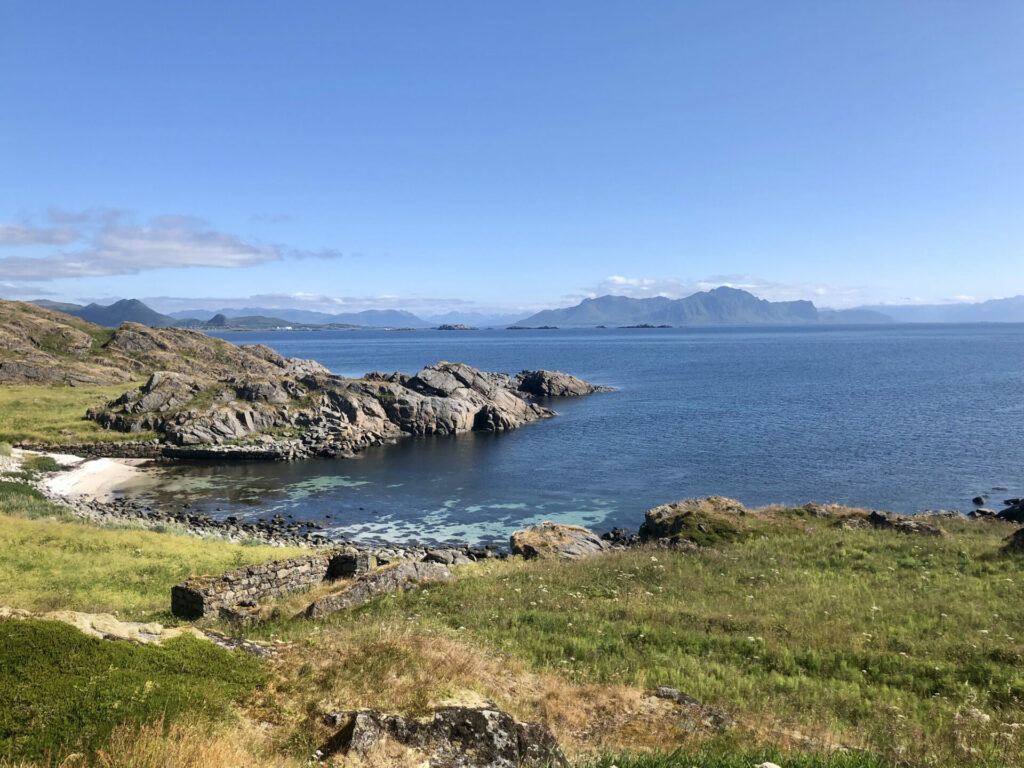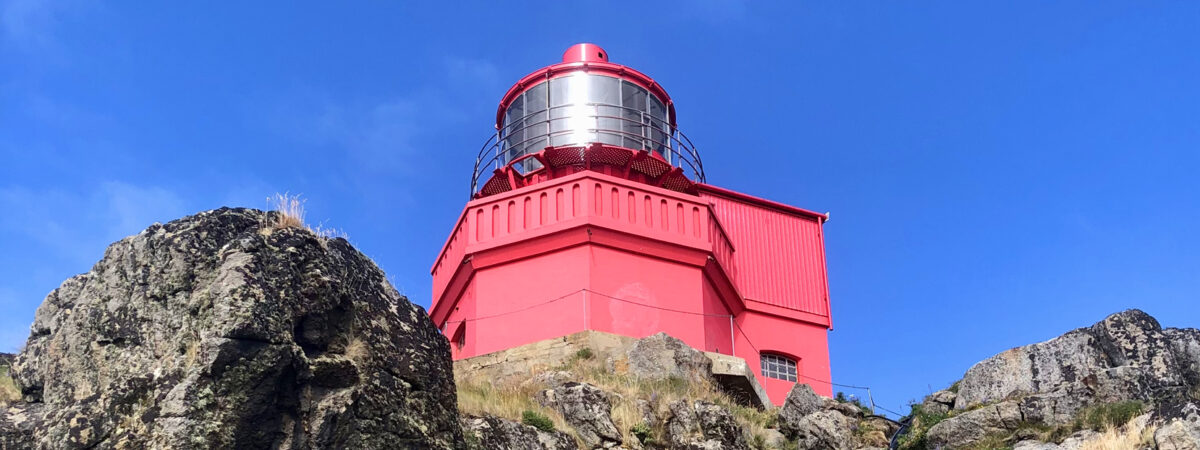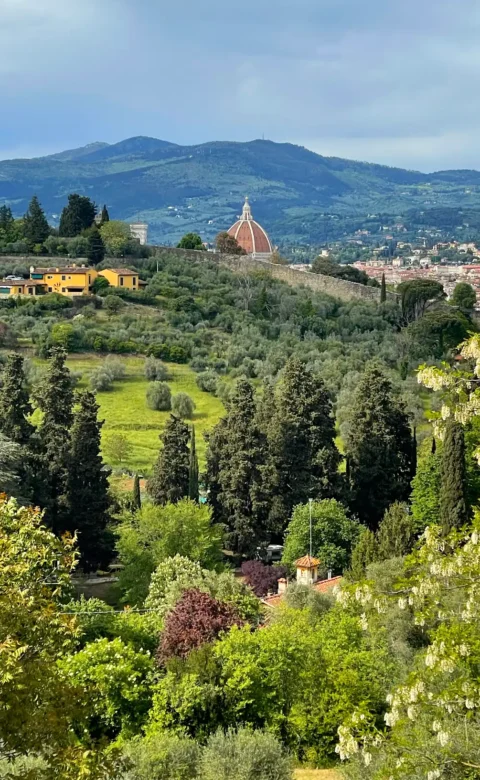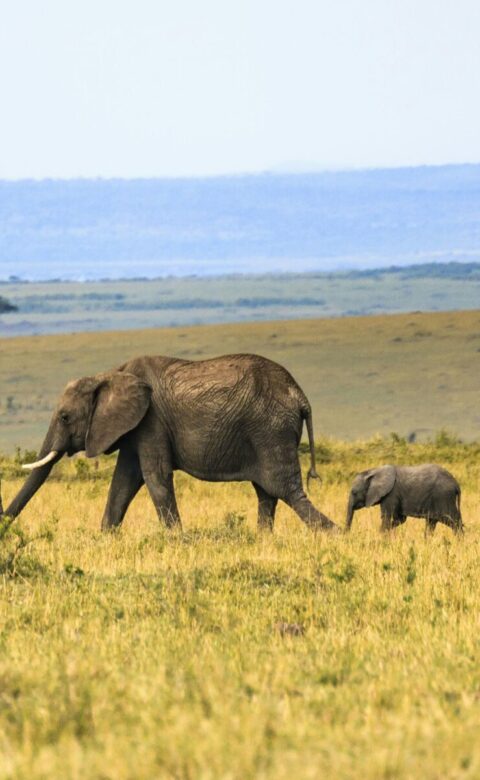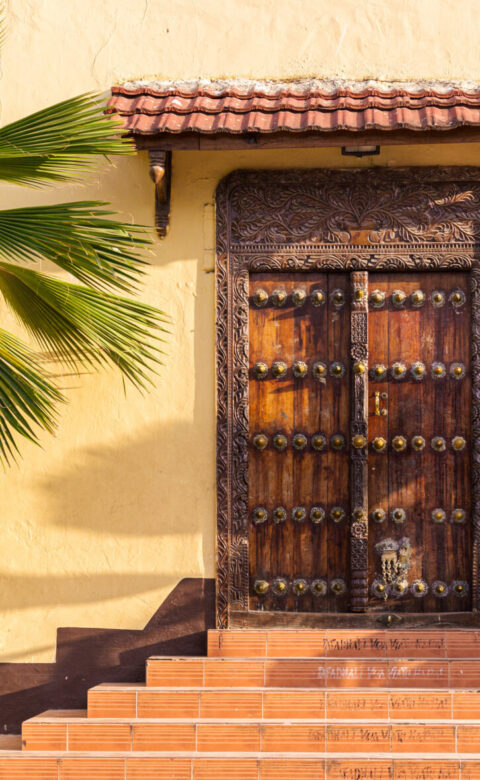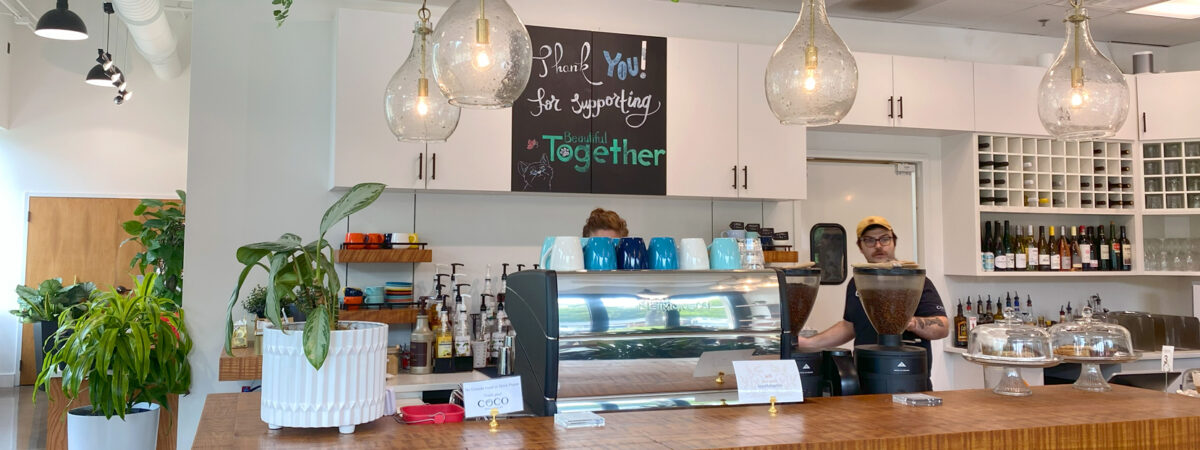No man is an island entire of itself; every man is a piece of the continent, a part of the main; if a clod be washed away by the sea, Europe is the less, as well as if a promontory were, as well as any manner of thy friends or of thine own were; any man’s death diminishes me, because I am involved in mankind. And therefore never send to know for whom the bell tolls; it tolls for thee. — John Donne
The journey is the story of the person. The quest, a wish perhaps made many years ago.
When you go on a journey, that story is intertwined with other stories that have greater longevity; family stories, stories of past generations, of cultures and people who have inhabited that place for hundreds, maybe thousands of years. Survival stories of life and death.
I have been living in northern Norway for about three years. Some time ago, wrapped up in my thoughts, I pondered what brought me to this place so far from my homeland.
Looking for hints in old jotted-down notes, I found a page I had written when I was still wondering about my future. Lost in the middle of an existential crisis, I dreamed of becoming a writer, and this page was meant to be the preface to a book not yet realised.
It was all about an Italian boy who, to get away from the monotony of the everyday and his family’s diatribes, selected the most distant point on the European map as a likely destination for an escape — the town of Hammerfest.
You can imagine my surprise in recognising how close I am today to a place that, at the time, I thought was at the end of the world. And, yes, I even live in a district bordering those far reaches, being based in Vesterålen, a beautiful archipelago to the north of the famous Lofoten Islands.
I remember very well, and often, all the stages of the journey that brought me up here; even more, my continuing curiosity drives my constant exploration and expanding knowledge of this culture that once seemed so distant and complex to me.

I came to understand that first of all, nature plays a decisive role in all human activities.
Everything here recalls dichotomy, opposition, like light and darkness; stormy ocean waters and serene mountain lakes; ever-present noisy seagulls, defending their territory from the attack of eagles, and shy moose that can rarely be glimpsed when descending to the valley to find food. From the emerald greens of the fields in summer to the snow covering the valleys for months; and from the calm blue of the sea, crowded with thousands of rocks and islets, to the the magnificent Northern Lights dancing in the dark sky in wintertime.
My journey and its discoveries have allowed me to find a job that leads me to create trips in this beautiful country, championing local businesses and traditions. Italy and my roots are far away, but here I met a family with its history, its journey, that showed me unforgettable and hidden sides of this fascinating place. They told stories of fishermen and sailors, struggling with the raging storms; and of lighthouse keepers who patrol the waters and live hanging on the edge of a great ocean.
This is one of the reasons why I was inspired to take a fast motorboat to reach a small island out of time called Litløya.
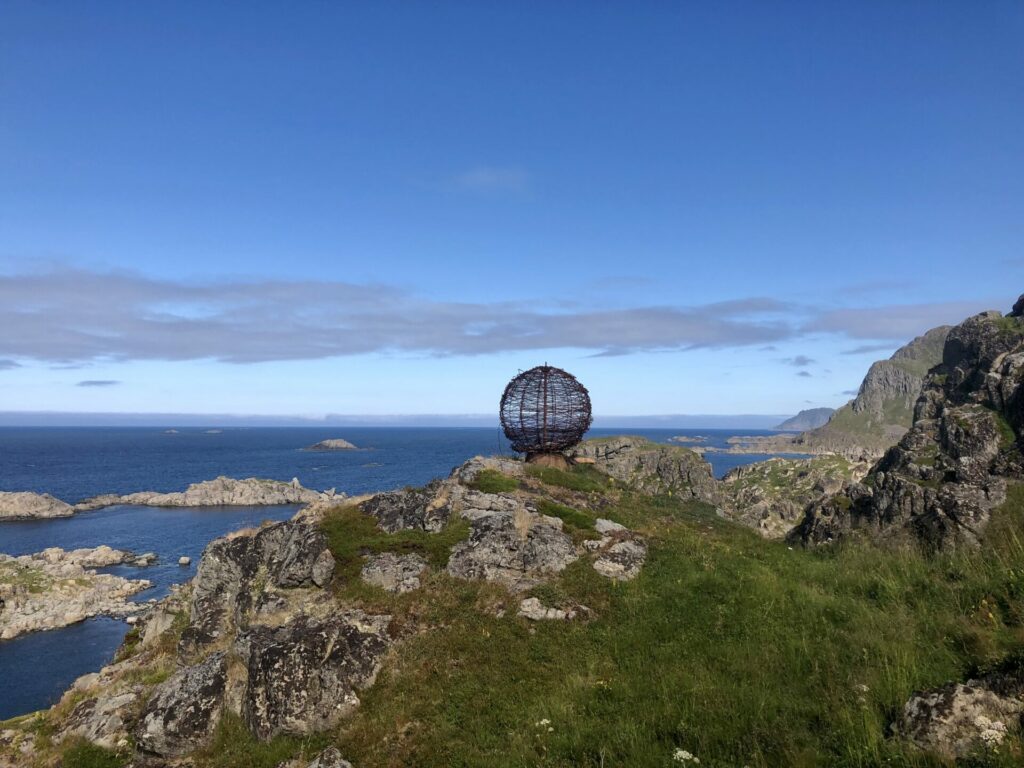
People have lived here since the Stone Age; the remains of their dwellings bearing witness to this fact. These 6000-year-old signs of earlier life can be seen when following the cultural trail from the lighthouse to the northeast side of the island.
The first written documentation we have of settlement on Litløya is from 1567. The island’s golden age was between 1850 and the early 1900s when at its peak, it had a population of 71. Part of the Vesterålen archipelago, it was a busy trading station and a cultural centre in the ocean; it was primarily fish that attracted people to these islands.
Together with its neighbour Gaukværøya, both islands were rich fishing communities. Fishermen from all over the region came for a piece of the action during the cod fisheries. The Pomor trade took place on a regular basis with the Russians, as grain and flour were bartered for fish and cod liver oil. A small post office opened in Litløya.
When boats became motorised, and the ready availability of household electricity and connection to the water mains on the mainland beckoned, people left Litløya. Those last to leave were offered state grants to abandon the island. At the end of the 1950s, there were no private residents left.

However back in the boom times, Litløy Fyr, the lighthouse, was completed in 1912. The lighthouse station was home to two keepers and their families in addition to a backup assistant. In the 1960s, the lighthouse had the second most powerful light in Norway. In 1991 its operation was automated, though staff remained for maintenance and to observe shipping activity; finally, in June 2003, Litløy Fyr was depopulated and later sold.
Today, it is privately owned, but hosts overnight stays and day trips all year. Those who make the journey to the island live a unique experience surrounded by the sea, immersed in the nature of a place that belongs to a truly remote past. The most ancient aspects of its history can be appreciated on the north side of Litløya at Trollhola, a roughly 40-metre-deep cave formed by nature around 100,000 years ago.
One great Litløya story is linked to the Second World War, during the German occupation of the northern coasts of Norway. Such was the charm of this little island that it inspired the small platoon of soldiers, engaged in patrolling the Norwegian Sea, to live in harmony with the local people.
The present-day owners and hosts of this fascinating speck of land in the middle of the ocean base their visitors’ experience precisely on this idea of harmony and on the sustainable development of this island. What’s fundamental for them is to attract responsible and mindful travellers, looking for tranquillity and direct contact with the unspoiled nature of this place.
While respect for the tradition and history of the area and carefully restored buildings is paramount, modern touches also enchant. Like the addition of a glass ceiling in a guest bedroom allowing lucky visitors to admire the Northern Lights on long winter nights in comfort — in a way that the lighthouse keepers never could.
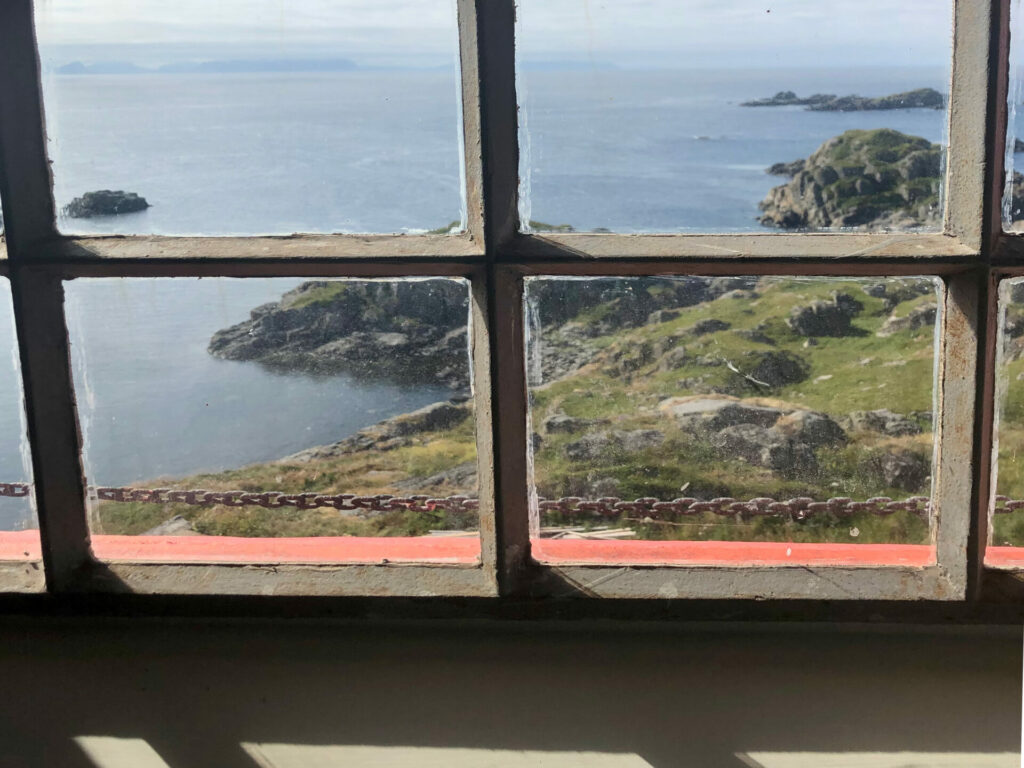
Now, close your eyes and listen to this story.
A lighthouse keeper tries desperately to reach Litløy Fyr, because his colleague there does not answer his calls; it is the late 70s, when the means of communication with the lighthouse were still basic and unreliable.
He kisses his wife and daughter goodbye, then bravely takes his boat — moored on the coast, close to the family home — and heads towards the lighthouse. The waves are thunderous, the sky is grey and merges with the opaque colour of the sea.
Everything is suspended; sky and land, life and death.
The courageous lighthouse keeper disappears in the icy waters, while his little girl is at home waiting for him to return. She will wait for him the day after, then the one after that, then forever. She will need several years to truly come to terms with her father’s fate.
It was she who told me this story — of visiting Litløya as a child, playing in these timeless meadows and running along the white beaches of this little jewel — and it was she and her family who ultimately sent me there to discover it for myself.
As I bring these memories back to light I hope I have helped the family, who welcomed me with so much love in these distant places, to set out themselves on a journey of beautiful remembrances and long-lasting peace.
